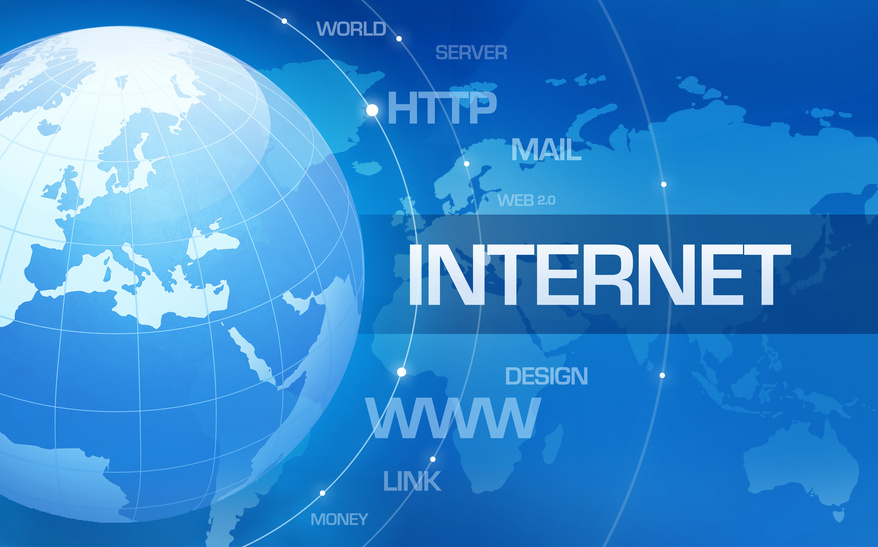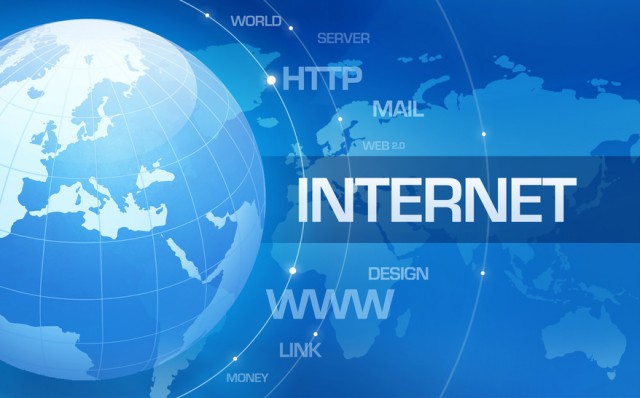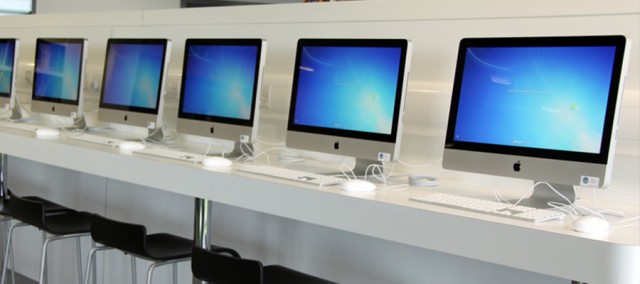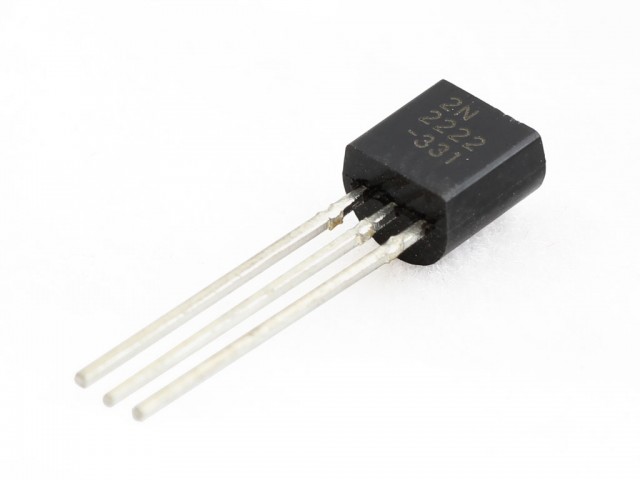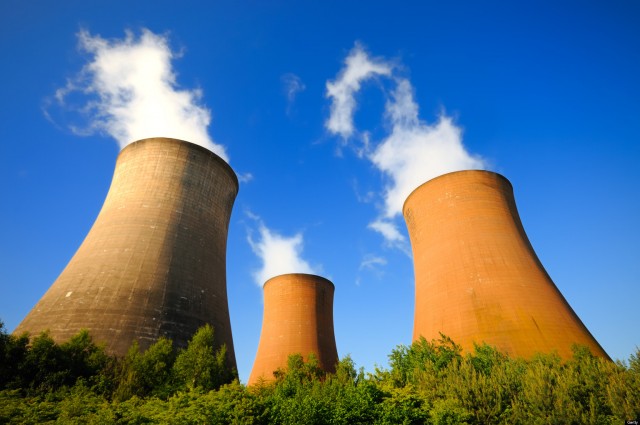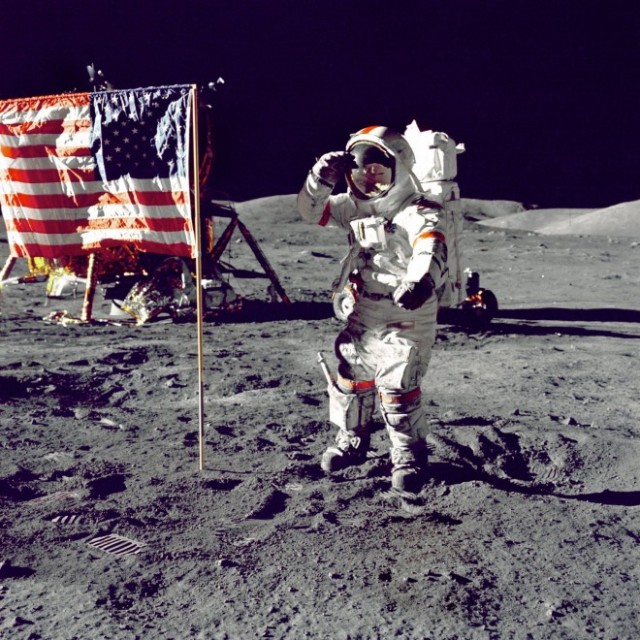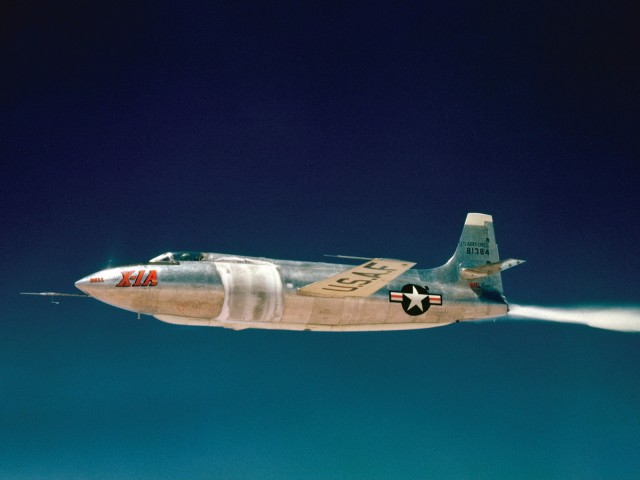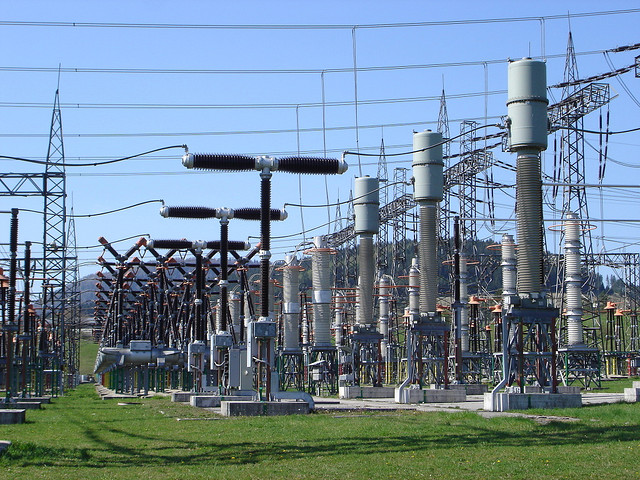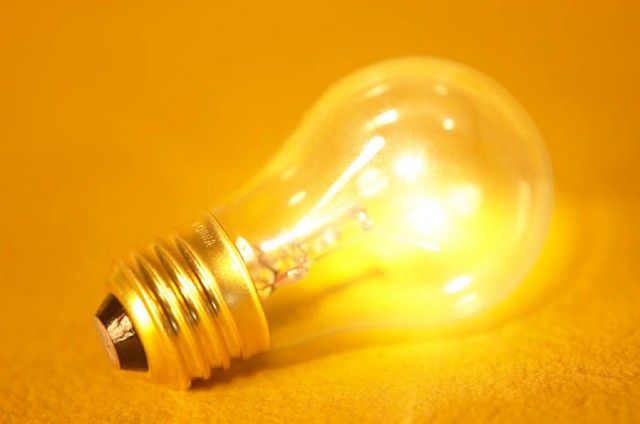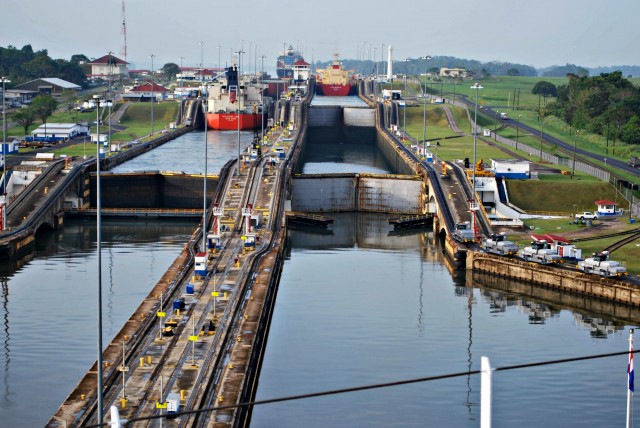With the declaration of American independence in 1776 from United Kingdom, there was very little, if any scientific research infrastructure in USA. You can only imagine how backward life may be at that time. Innovation was only very minimal, and there were yet many areas of improvement that could still be done. When compared to how life is now in the United States, we can definitely consider this period in history as backward and primitive.
However, in the 19th and 20th century huge funding was given by the state, as well as, the private donors for the establishment of universities and research institutions. This funding was intended for the overall improvement in the quality of life of the people. Then, technology also started to become more advanced. This paved the way for the coming in of inventions that are now changing the lives of people for the better.
Here, we are presenting a list of 10 most notable American engineering innovations that have changed our daily lives.
1. Internet:
The worldwide web, also known as the internet, is a network of millions of computers that primarily use TCP/IP protocol for the transfer of information between them. The advent of the internet dates back to the period when American government funded the research to develop robust communication networks that are able to sustain nuclear attacks and disasters. In this regard, a variety of different networks were developed. However, the Arpanet project can be termed as a precursor to the internet as it developed the internetworking protocols where multiple computers can communicate with another.
As of today, more than 2.4 billion people, or in other words one third of humanity, uses internet to communicate with one another and retrieve information to improve the quality of their lives. Currently, 92% of the American schools have the access to the internet. Today, the Internet is the “information superhighway” that everyone across the globe knows it to be. Life is difficult to imagine without the Internet. In fact, almost everyone’s lives and jobs are now circled and focused on the Internet.
2. Computers:
Along with the Internet also came one of the best gifts of technological engineering: the computer. How would life be today without the computer? If you take the time to do your research, you’ll also find that computers from years back are so different from today. From big, wall-like structures to now having portable computers, the world is indeed advancing at breakneck speed.
Computer is a general purpose programmable device that has no doubt brought revolution in our daily lives. Our age is truly known as the digital age. It owes its existence to the advent of the computers. Computers are also found in the smart devices like mobiles and tablets which have changed our social lives and the way people communicate with one another.
Colossus was the world’s first programmable computer. It was built by American scientist Max Newman and his team in 1943. In 1944 it was sent to Bletchley Park in United Kingdom, where it was used as a part of Allied efforts to break the complex German encryption codes. It had significant impact in reducing the time of World War 2 by decrypting vital German communications and troop movements. Over the years the computers have become more powerful and their applications have become more and more diversified.
3. Transistor:
A modern transistor is a solid state device that is primarily used in the amplification as well as switching of the electrical signal. It is the basic building block used to in building all the modern day digital circuits like amplifiers, processors etc. Before the advent of solid state transistor, the digital computers consisted of cumbersome and heaving vacuum tubes which were not only slow but also occupied lots of space. Thanks to development of integrated circuits, which group multiple transistors on a chip, it was possible to build more and more powerful processors used in modern miniaturized computers. Transistor was invented in 1947 by American physicists John Bardeen, Walter Brattain, and William Shockley at Bell labs. They were jointly awarded Nobel Prize for Physics in 1956.
4. Shannon’s Mathematical Theory of Communication:
Claude-Shannon was a well-known scientist and mathematician. He is also called as the father of information theory. His work forms the basis of the modern digital telecommunication systems that we use in our daily lives. Shannon also contributed to code breaking as part of Allied war efforts during WWII. His master’s thesis work proved that Boolean algebra can be applied to electrical circuits.
5. Nuclear Reactors:
Nuclear reactors harness the nuclear power for electricity generation. They are also used to generate nuclear isotopes and fissile material for nuclear devices. The main challenge in the design of the nuclear reactors is how to control the chain reaction of fission of Uranium atoms.
The first nuclear reactor was built by Ernico Fermi and his team at University of Chicago, it was named as Chicago Pile-1. The reactor went operational on December 2, 1942. Initially built for military purposes, soon nuclear reactors were developed as a cheap source of electricity generation, as well as, powering submarines and ships.
6. Manned Lunar Exploration:
The manned moon exploration in 1969 was a one of the biggest technological achievements for humanity. Indeed, Neil Armstrong rightly said that this small step for a man is a big step for mankind. The challenge of exploration involved integration of scientific knowledge from many diverse basic and applied sciences. This event paved the way for the exploration of other planets as well as the space outside the solar system.
7. World’s First Supersonic flight:
World’s first supersonic level flight was achieved by American Bell X-1 aircraft. The design of Bell had to deal with the complex challenge of dealing with the shock waves produced when the sound barrier is crossed. No doubt, this successful flight revolutionized the space craft industry. Many supersonic fighter jets were developed, as well as, a supersonic commercial airliner named Concorde was also developed.
If you have a career in engineering, you’d know that this supersonic flight is, in fact, one of the most unimaginable inventions of the time. What was previously thought of as impossible was now made possible. As you continue working in Engineering, you’ll also begin to contribute more in this regard
8. Alternating Current Electricity Transmission By Nikola Tesla:
Nokola Tesla was a famous Serbian-American scientist. He was key in designing an electrical transmission system based upon the alternating current. Before that, direct Current systems were being used for electrical transmission which suffered huge line losses over long distances and there were also dangerous sparking. This system was subsequently replaced by Tesla’s modern alternating current electrical transmission system. In this system, thanks to the transformers, it is possible to greatly decrease line losses over long distances, making it more efficient and practical.
9. Electrical Bulb:
Work had been going on the development of the electrical bulb, even before Edison. But these bulbs draw huge current, were expensive and had a short life. It was Edison who is credited with building a practical electrical bulb in 1879. It can be said without exaggeration that this invention very much impacted the way we live today and improved the quality of our daily lives.
10. Panama Canal:
Experts consider Panama canal to be one of the most difficult and challenging engineering projects due to its size and location. This canal connects the Pacific ocean with the Atlantic ocean.
Before the Panama Canal was completed, ship travel could be considered as dangerous, troublesome, and even more expensive since the travel route was longer and even more dangerous. This canal greatly reduces the travel distance for the ships as they do not have go all the way round the Hazardous Cape of Horn in South America. Hence, it greatly reduces the travel time and cost, as well as, ensures the safety of ships. The United States started the building of the canal in 1904 and the canal was officially opened on August 15, 1914. This is also the shortest route between the American East and West Coast, and had a huge impact on the development of the West Coast economy over the years.
Today, the Panama Canal is able to expand the global trade routes of America. Hence, economies improved, and trading around the world is also now made better. It’s not just the ships that are improving in size, speed, and capacity, but travel routes also greatly improved and advanced.
Final Word
When you take the time to ponder on this list of innovations, it’s easy to imagine the positive changes that all of these have brought to people’s lives. In fact, is it even possible to imagine how life would’ve been without these inventions? It could be challenging.
As times and technology continue to get even more advanced, more and more advanced innovations are even coming to the place, even beyond the engineering industry.
